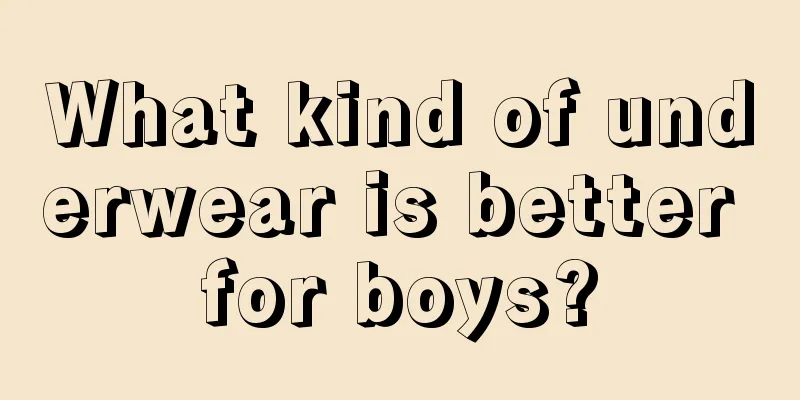What are the symptoms of gastric stump cancer pictures

|
Many people do not understand what are the symptoms of gastric remnant cancer, so let's take a look at this issue today. Before understanding this issue, I would like to take you to review what is gastric remnant cancer. Gastric remnant cancer is named because it occurs in the residual stomach after subtotal gastrectomy, or in the whole stomach after simple gastrointestinal anastomosis, simple perforation repair or vagus nerve transection. It should also be noted that gastric remnant cancer should generally be gastric cancer that occurs after surgery for non-cancerous gastric lesions. If the surgery is performed for malignant lesions, it should refer to gastric cancer that occurs more than 20 years after the surgery to be called gastric remnant cancer. The clinical manifestations of gastric stump cancer are similar to those of general gastric cancer. The main manifestations are dull pain in the upper abdomen, fullness in the upper abdomen after eating, loss of appetite, weight loss, anemia, fatigue, symptoms of cardia or anastomotic obstruction, and black stools or persistently positive fecal occult blood tests. Gastric stump cancer is easily misdiagnosed as anastomotic ulcers and delayed treatment. Most anastomotic ulcers occur within 3 years after surgery, while gastric stump cancer mostly occurs more than 10 years after surgery. Therefore, if a patient has been well for a long time after gastric surgery but has recently developed upper abdominal symptoms, gastric stump cancer should be suspected and gastrointestinal radiography and gastroscopy should be performed as soon as possible. The diagnosis rate of gastrointestinal angiography varies in the literature. In one group of cases, the diagnosis rate was only 11.8%, which shows that gastrointestinal angiography has its limitations. Therefore, gastroscopy and biopsy are the main means of early diagnosis of this disease, and the diagnosis rate can reach 90%. It is generally believed that patients over 50 years old after subtotal gastrectomy are classified as a high-risk group. Follow-up should be started 10 years after surgery, and at the latest 15 years. Even if there are no symptoms, regular gastroscopy should be performed every year. This can achieve early diagnosis and early treatment, and improve the prognosis of residual gastric cancer. |
<<: What is the cure rate for stomach cancer
>>: What should I do if my boyfriend has stomach cancer
Recommend
How to prevent pregnancy without an IUD? Several common contraceptive methods
Nowadays, many people have started to adopt a ser...
How to make tin foil baked lamb chops in the oven
The mutton from Inner Mongolia is the most delici...
There is a lot of secretion in the ears
The secretions in the ear generally refer to earw...
What is the reason for high creatinine? Common factors include the following
High creatinine is also a relatively common disea...
Principles of drug treatment for endometrial cancer
The treatment principles for endometrial cancer s...
Hospital specializing in esophageal cancer
Many patients with esophageal cancer are very con...
Treatment for stage 3 prostate cancer
The emergence of prostate cancer brings great har...
Is the lack of pain in thyroid cancer a sign of late stage?
If thyroid cancer does not hurt, it may be in the...
Nursing methods for pancreatic cancer surgery
Although the pancreas is an organ in the body tha...
What are the dangers of rectal cancer
Every disease will bring harm to people's bod...
What should I do if a man puts on women’s makeup and gets a manicure?
Under normal circumstances, men rarely wear makeu...
Experts will help you understand the clinical symptoms of advanced renal cancer
As a malignant tumor disease, kidney cancer serio...
Are there any early symptoms of breast cancer? Be more vigilant if you have these ten symptoms
China is a high-incidence area for breast cancer....
How to treat Yin deficiency constipation?
Yin deficiency is a manifestation of sub-health. ...
How to treat eczematous dermatitis?
What patients with eczematous dermatitis fear mos...









